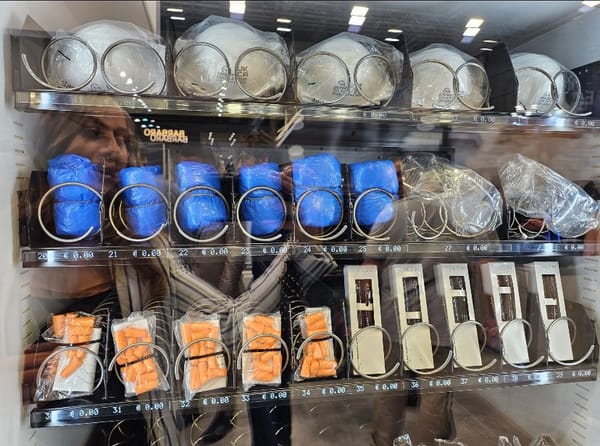Strategic Investment Trends in the Balkans: Government-Led Infrastructure and Economic Growth

The Balkans, a region steeped in history and cultural diversity, is undergoing a significant transformation driven by strategic investments in infrastructure and economic development. Governments across the Balkans have recognized the importance of fostering robust infrastructure networks to enhance connectivity, stimulate economic growth, and attract foreign investment. These initiatives, coupled with strategic partnerships with private sector entities, are shaping the investment landscape of the region and positioning it as a promising destination for capital deployment.
One notable government initiative driving investment in the Balkans is the European Union's Instrument for Pre-Accession Assistance (IPA), which provides financial support to candidate and potential candidate countries in the Western Balkans. Through IPA funding, countries like Albania, Bosnia and Herzegovina, Kosovo, Montenegro, North Macedonia, and Serbia have undertaken various infrastructure projects aimed at improving transport, energy, and environmental infrastructure. These projects not only contribute to regional integration and economic development but also strengthen ties between the Balkans and the European Union.
In recent years, the Balkans have witnessed significant investments in transportation infrastructure, with a focus on enhancing connectivity within the region and beyond. Projects such as the construction of highways, railways, and ports are aimed at reducing transportation costs, improving logistics efficiency, and facilitating trade. For example, Serbia's E763 highway, also known as the Corridor XI project, is a key transportation artery connecting the country to neighboring countries and the broader European road network. Companies like Vinci Group, a global infrastructure operator, have been involved in the construction and operation of segments of the Corridor XI highway, contributing to the region's connectivity and economic integration.
Furthermore, energy infrastructure investments play a crucial role in ensuring energy security and sustainability in the Balkans. Governments in the region are actively promoting renewable energy sources, such as wind, solar, and hydropower, to diversify their energy mix and reduce dependence on fossil fuels. Projects like the Trans-Adriatic Pipeline (TAP), which transports natural gas from Azerbaijan to Europe via Greece, Albania, and Italy, are enhancing energy connectivity and fostering regional cooperation. Companies like Terna, an Italian energy infrastructure company, are involved in the construction and operation of the TAP pipeline, supporting the region's energy transition and contributing to its economic development.
Moreover, investments in digital infrastructure are driving innovation and economic growth in the Balkans, as governments prioritize the development of broadband networks, data centers, and digital services. Countries like Romania and Bulgaria have emerged as regional leaders in the digital economy, with thriving tech sectors attracting investments from multinational corporations and startups alike. Companies like Huawei Technologies, a global provider of telecommunications equipment and services, have established a presence in the Balkans, supporting the rollout of 5G networks and digital transformation initiatives. With its expertise in ICT infrastructure and solutions, Huawei is helping to bridge the digital divide and unlock new opportunities for businesses and consumers in the region.
In conclusion, strategic investments in infrastructure and economic development are reshaping the investment landscape of the Balkans, driving connectivity, competitiveness, and sustainable growth. Government-led initiatives, supported by private sector partnerships, are laying the foundation for a more resilient and prosperous future in the region. As the Balkans continue to attract investment and foster innovation, they are poised to emerge as a dynamic hub of opportunity and collaboration at the crossroads of Europe and Asia.




